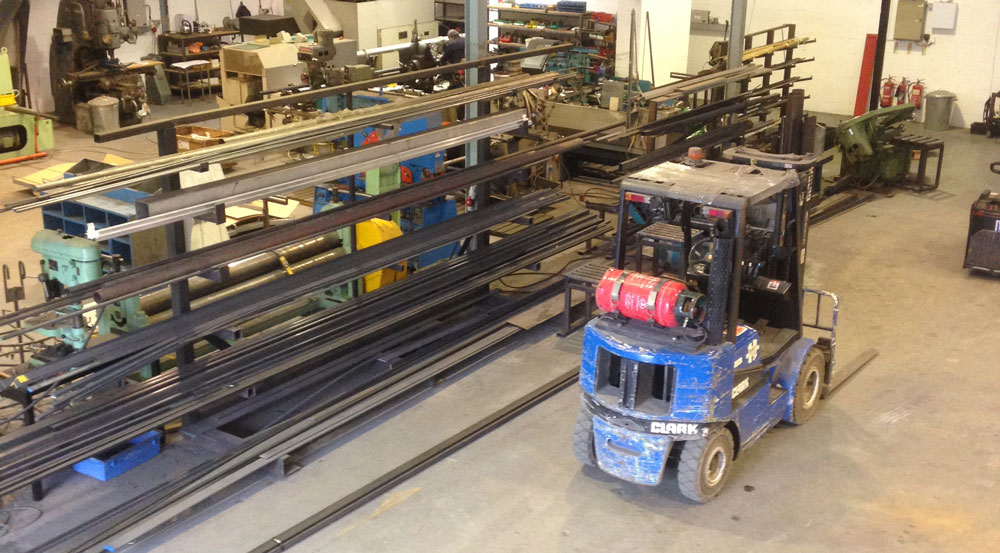Photo courtesy of M & P Engineering (Midlands) Ltd – mould fabrication engineers for Elite Precast Concrete
Ensuring good quality precast concrete involves keeping close control of many factors including raw material supplies, the production process, the testing of cubes for strength and other characteristics, training of staff etc however one the elements that often doesn’t get the attention it deserves are the moulds in which the concrete will be cast and cured.
To achieve dimensionally consistent and accurate precast concrete with no ‘’bleed’’ (concrete leakage) there is no substitute for well-made steel moulds. There are therefore a number of points one should consider when assessing a potential or existing mould supplier –
1) Understand a client’s needs
Has your mould fabrication company taken the time to visit your factory and to understand your production processes / types of concrete you make and your expectation for the quality of the finish required.
2) Ability to fabricate heavy duty moulds
Have you visited your mould fabrication company to make sure they have the equipment and experience to make moulds with sufficient build strength to perform well for pour after pour and which are able to withstand high levels of vibration, time after time.
3) Meeting tolerances
Make sure you mould supplier understands the dimensional tolerances that your end product must meet and then ask to see evidence of their ability to fabricate moulds to the correct level of accuracy and equally, moulds that will maintain dimensional accuracy under severe and repeated duress.
4) Understanding how concrete behaves
Mould fabrication is an art as well as a science. It is not just a case of being able to cut and weld steel work. Your mould company must understand how concrete behaves when wet and once it’s cured. You will need to be able to split the mould away from the concrete without damaging the concrete product.
5) Repetitive use / efficiency
Moulds need to be used many time a day (semi-dry process) or once a day (wet cast process) and you should work with your mould supplier to develop quick release systems which make the de-moulding and re-casting processes as quick and easy as possible. Similarly the design needs to take into account the repetitive use aspect and to make sure the mould goes back together exactly the same every time. Even the smallest of gaps can lead to concrete ‘’bleed’’ which can ruin the end product.
6) Vibration
Has your mould supplier understood where, for how long and at what frequency / amplitude you need to vibrate the concrete? Getting this wrong can not only lead to badly finished end products, it can hasten the demise of the mould and lead to noise / vibration problems for your staff.








